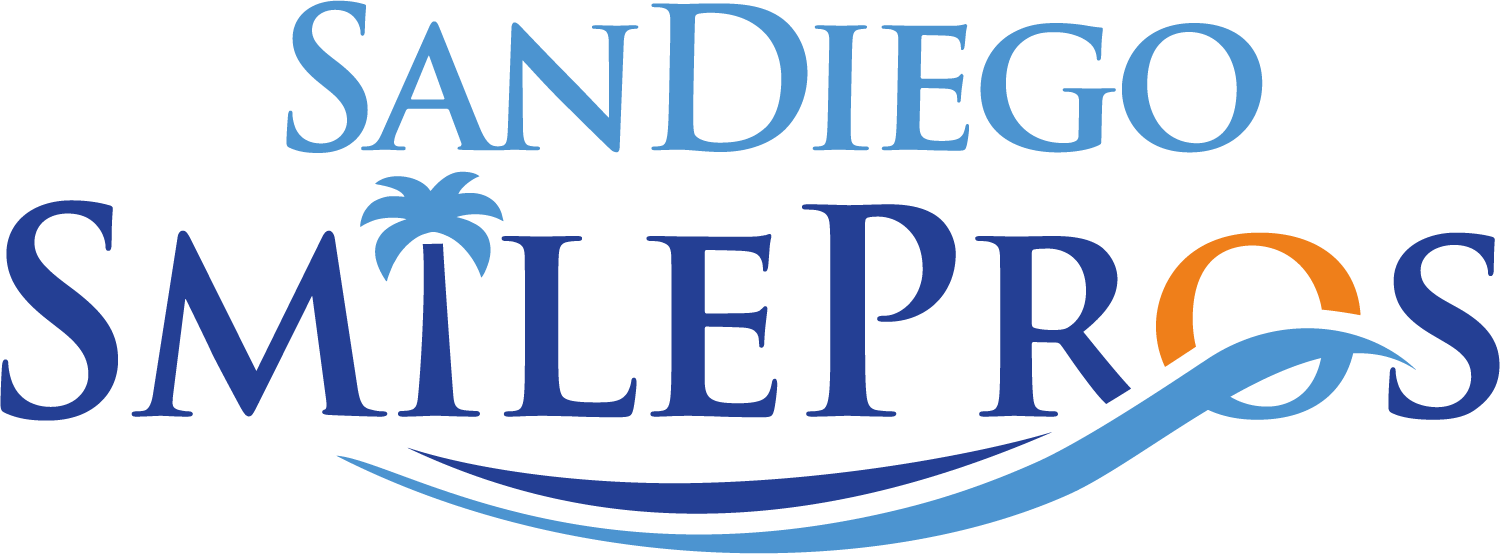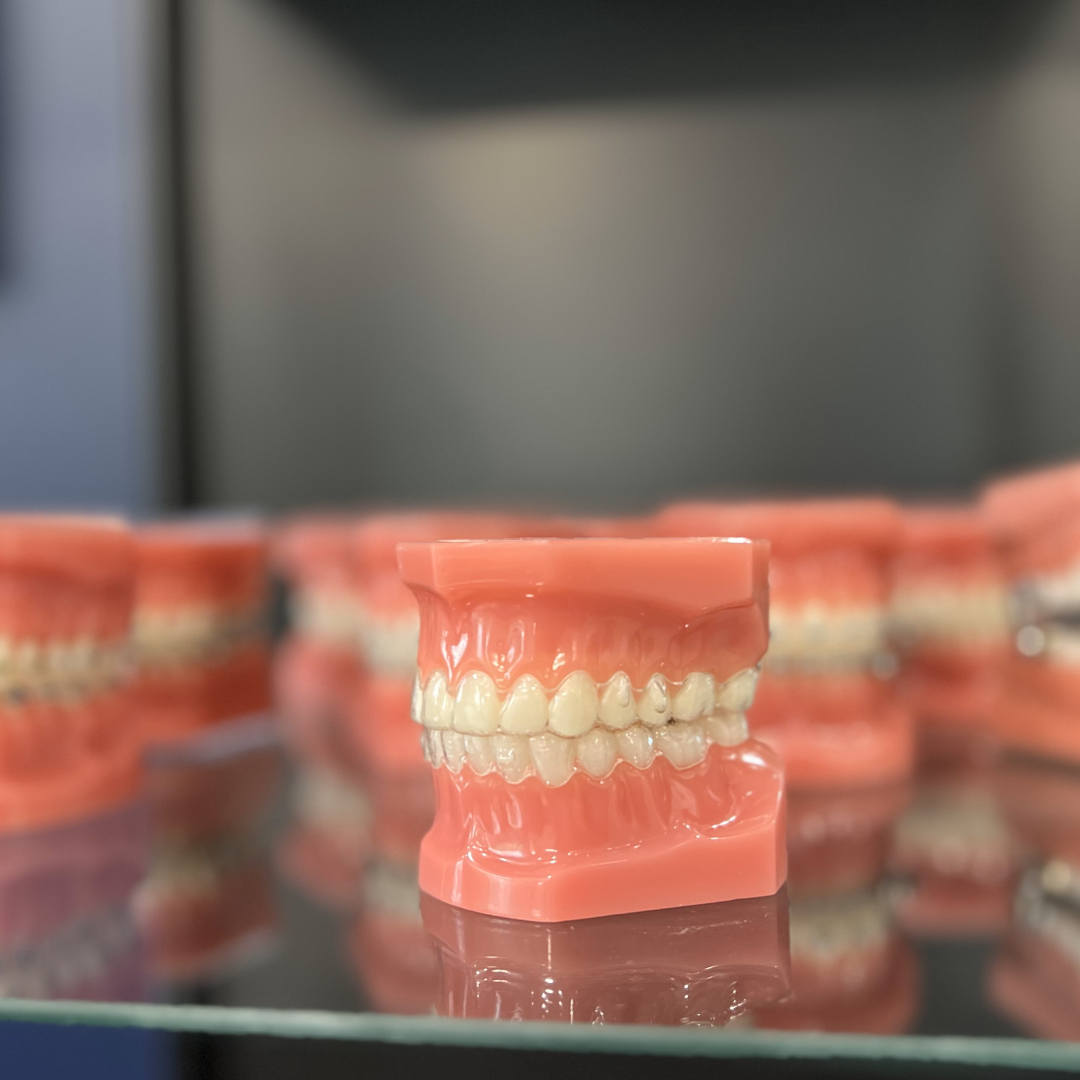“My orthodontist told me I’m not an Invisalign candidate because my case is too complex.” “My dentist says Invisalign won’t work for me.” At San Diego Smile Pros, we hear these types of comments on a regular basis. The truth is, you don’t have to get braces just because you have a moderate to severe orthodontic concern.
Who is a candidate for Invisalign? Many complex orthodontic issues are treatable in the hands of an experienced Invisalign provider like Dr. Matthew Durschlag. If you were told clear aligners aren’t a viable treatment option for you, getting a second opinion is in your best interest.
What Can Invisalign Treat?
When Invisalign first came on the market around 25 years ago, it was reserved for mostly mild cases. Patients who had issues other than minor spacing or minor crowding would have no option available other than braces.
Because of innovations like optimized Invisalign attachments and SmartTrack® material, as well as the abundance of data and research investment, Invisalign can treat the vast majority of cases now. Invisalign clear aligners can address an overbite, underbite, crossbite, open bite, crowding, spacing and more!
How does Invisalign work? Its mechanics have many similarities to braces! The timing and application of the force (i.e., a sequence of removable aligners that fit over the entire arch vs. fixed brackets and wires on the front of the teeth) differs but the basic principle is the same. Both treatments exert pressure to shift the teeth into place.
In fact, at San Diego Smile Pros, most cases that Dr. Durschlag can treat with braces, he can also treat with Invisalign. Just as with braces, treating complex concerns with Invisalign often requires auxiliaries like rubber bands and attachments. These are used to provide the leverage and the proper force systems needed to address the bite, while simultaneously straightening the teeth.
Not All Invisalign Doctors are the Same
You may be thinking, “If Invisalign can treat so many orthodontic concerns, why did my doctor say I wasn’t a candidate?” Well, in actuality, Invisalign aligners are just a tool that can exert forces on your teeth. Our board-certified orthodontist, Dr. Matthew Durschlag, went to residency for an additional 27 months after dental school to become an expert at moving teeth. He can use Invisalign or braces and various other tools to achieve the precise, beautiful results that our patients deserve!
When choosing an Invisalign doctor, there are two important differentiating factors to consider:
Training
Whether a doctor is willing to treat a complicated case with aligners often boils down to training. Invisalign treatment can be offered by any licensed dentist but the treating doctor’s range of capabilities can differ. An orthodontist is a specialist who, after graduating from dental school, attends two to three more years of specialty training in an orthodontic residency program. It’s during their residency that they develop expertise in aligning the teeth and jaws using appliances, such as clear aligners.
Any time you shift your teeth, it changes your bite (the way the upper and lower teeth come together). It can also cause permanent changes to your facial structure. Seeing a specialist for any type of orthodontic treatment (braces, Invisalign, palatal expanders, etc.) will ensure that changes are made correctly and that your oral health and appearance are improved.
Dr. Durschlag not only did orthodontic training, but he also took the extra step of becoming board-certified. This means he’s completed additional hours of preparation and demonstrated his ability to provide the highest level of patient care.
Case Experience
Case experience is another factor that determines an orthodontist or dentist’s proficiency with Invisalign and ability to treat more severe problems. Dr. Durschlag is a Platinum Plus Invisalign Provider. He’s treated thousands of cases with clear aligners.
No matter what your diagnosis is, he has treated a patient with a similar issue. Before deciding on an Invisalign provider, it’s always a good idea to ensure they’ve dealt with a case like yours. Checking out a doctor’s Invisalign before and after pictures is a good start (you can see some of ours here).
Why Get a Second Invisalign Opinion?
If you’re told you’re not a candidate for Invisalign, a second opinion is key. You should be able to straighten your teeth with the treatment that will make you feel most comfortable and work the best for your lifestyle.
Dr. Durschlag is known for tackling complex cases with Invisalign, and he’s the orthodontist many area dentists refer their challenging patients to.
At your free orthodontist consultation, he’ll perform an exam and develop an accurate diagnosis. As mentioned above, if he finds that you’re a candidate for orthodontic treatment, you’ll most likely have the option between both Invisalign and braces for your correction.
Once he creates your personalized treatment plan, he’ll even be able to show you a digital simulation of what your smile will look like at each stage of your journey.
What if you are an adult who needs surgical orthodontics due to a severe bite imbalance related to the size or shape of your jaw? Well, Dr. Durschlag can still provide Invisalign treatment in conjunction with your surgery.
Consult With a Top San Diego Invisalign Provider
If you’re interested in Invisalign for adults or teens, let’s talk! Whether it’s your first consultation or you want an Invisalign second opinion, book your complimentary exam today. Your smile is important and trusting a board-certified orthodontist with your clear aligner treatment will ensure you get stunning results that last a lifetime.



